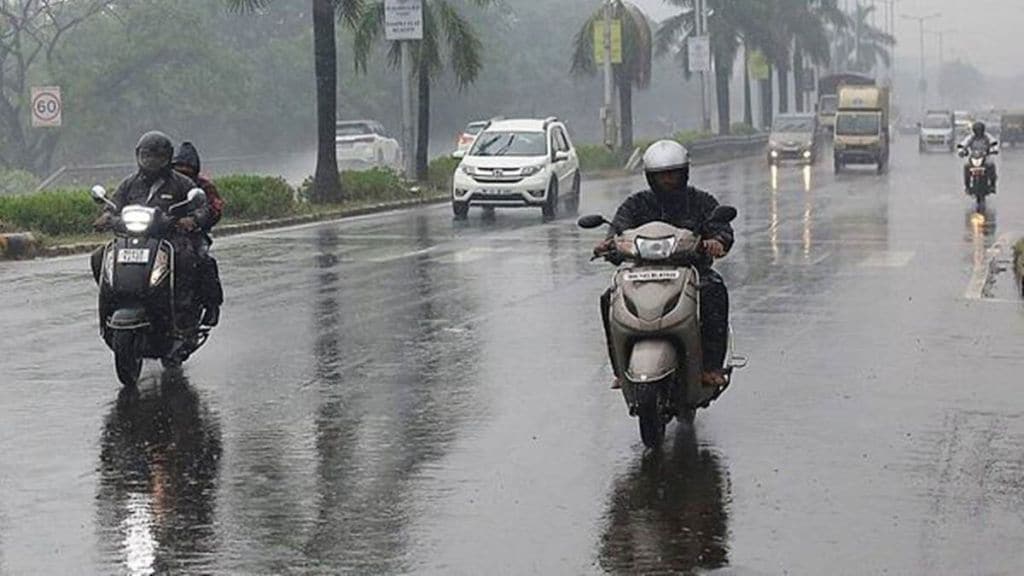India’s countryside eagerly awaits the onset of the southwest monsoon, which has a crucial bearing on crop output during the kharif or summer season. The monsoon usually sets in over Kerala on June 1—the moisture-bearing clouds then sweep over the peninsula and shower the rest of India with rainfall till September—but the actual date has varied during the last decade. Last year, it arrived on May 29. Four years ago, it was delayed till as late as June 8. The India Meteorological Department last month forecast that the monsoon’s onset this year will be June 4 with an error margin of four days. The private forecaster, Skymet, earlier predicted it for June 7 with an error margin of three days.
The imponderables around its onset this year pertain to whether the cyclonic circulation that is developing into a low-pressure area over southeast Arabian Sea would favour or hinder the advance of the monsoon towards Kerala’s coast. The onset criteria also require rainfall over two consecutive days over Lakshadweep, Kerala, and coastal Karnataka. There is also a suggestion within the scientific community that a delayed onset and an early withdrawal are also associated with the El Nino factor. Notwithstanding these “known unknowns”, IMD’s latest forecast on Wednesday is that monsoon is expected over the Kerala coast in the next 48 hours.
Regardless of a delayed onset, what matters more for India’s rain-fed agriculture is the spatial and temporal spread of rainfall. June and July are crucial months when farmers sow crops such as paddy, coarse cereals, pulses, and oilseeds. Any deficiency in rainfall during these months obviously will impact crop production in the kharif season. Last year’s rains were 6.5% higher than normal but were deficient in June. As the monsoon revived, there was surplus rainfall till September. Its uneven progress during the crucial months of June and July impacted kharif sowing, with the overall sown area being 0.8% less than a year ago. The shortfall was greater for paddy due to rainfall deficiency in Uttar Pradesh, Bihar, Jharkhand, and West Bengal. On the other hand, surplus rains in September delayed the harvesting of paddy in the northern regions, while it helped add some area in the southern states. Better rainfall during the crucial sowing months and over areas in the countryside which are rainfall-dependent clearly has an important bearing on kharif crop production.
As farmers await the monsoon—which is expected to be “normal” according to the IMD—it is important to have contingency plans if it turns out to be wayward. Significantly, the IMD has stuck to its forecast despite 90% chances of El Nino conditions developing in July and adversely impacting rainfall in August-September. As it affects India’s agricultural sector, the forecasting of its progress during the season must improve. While there is no doubt an improvement in IMD’s predictions, accuracy is not high at a location-specific level as it could not accurately forecast the extent of deficiency in rice growing states last year. To cope with an erratic monsoon, there is a need to build more irrigation facilities in the rain-fed regions and develop short duration crop strains to enable farmers to make timely shifts in cropping patterns. Although this highly complex, dynamic system arrives with unfailing regularity, there is no telling exactly when it will set in, or for that matter, behave over the season.What matters more for Indian agriculture is the spatial and temporal spread of rainfall


